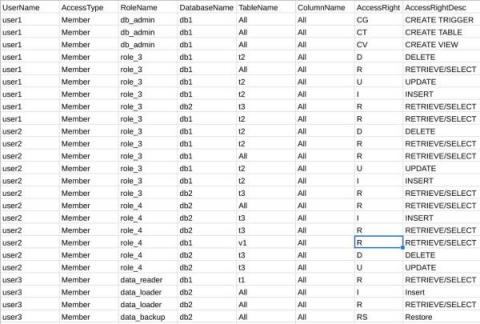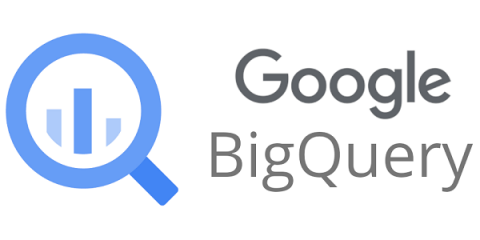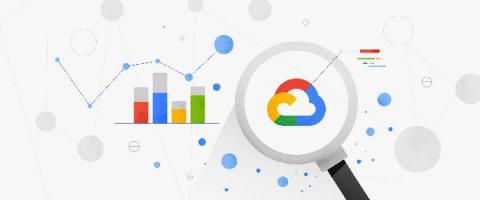Streaming data into BigQuery using Storage Write API
BigQuery is a serverless, highly scalable, and cost-effective data warehouse that customers love. Similarly, Dataflow is a serverless, horizontally and vertically scaling platform for large scale data processing. Many users use both these products in conjunction to get timely analytics from the immense volume of data a modern enterprise generates.











